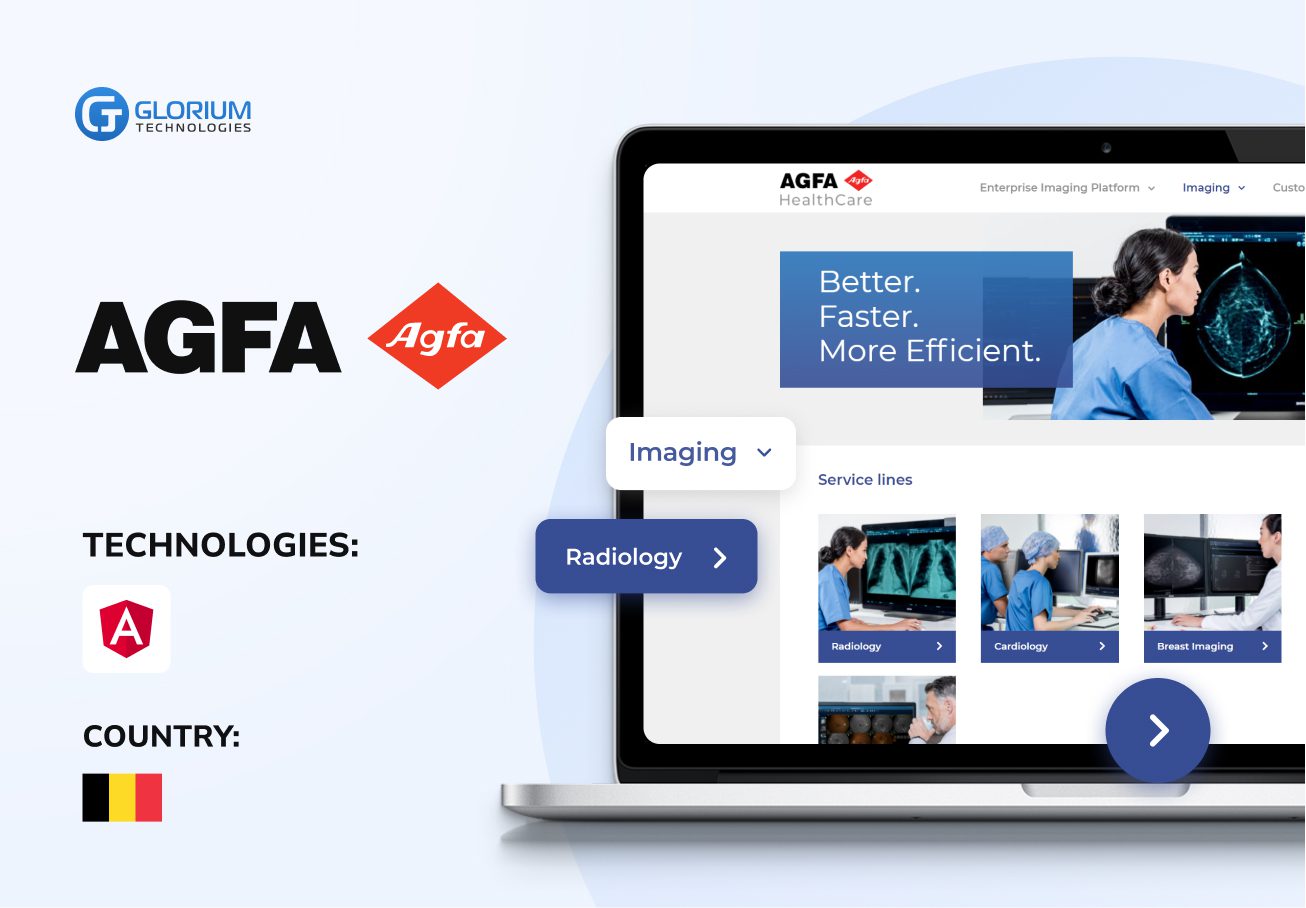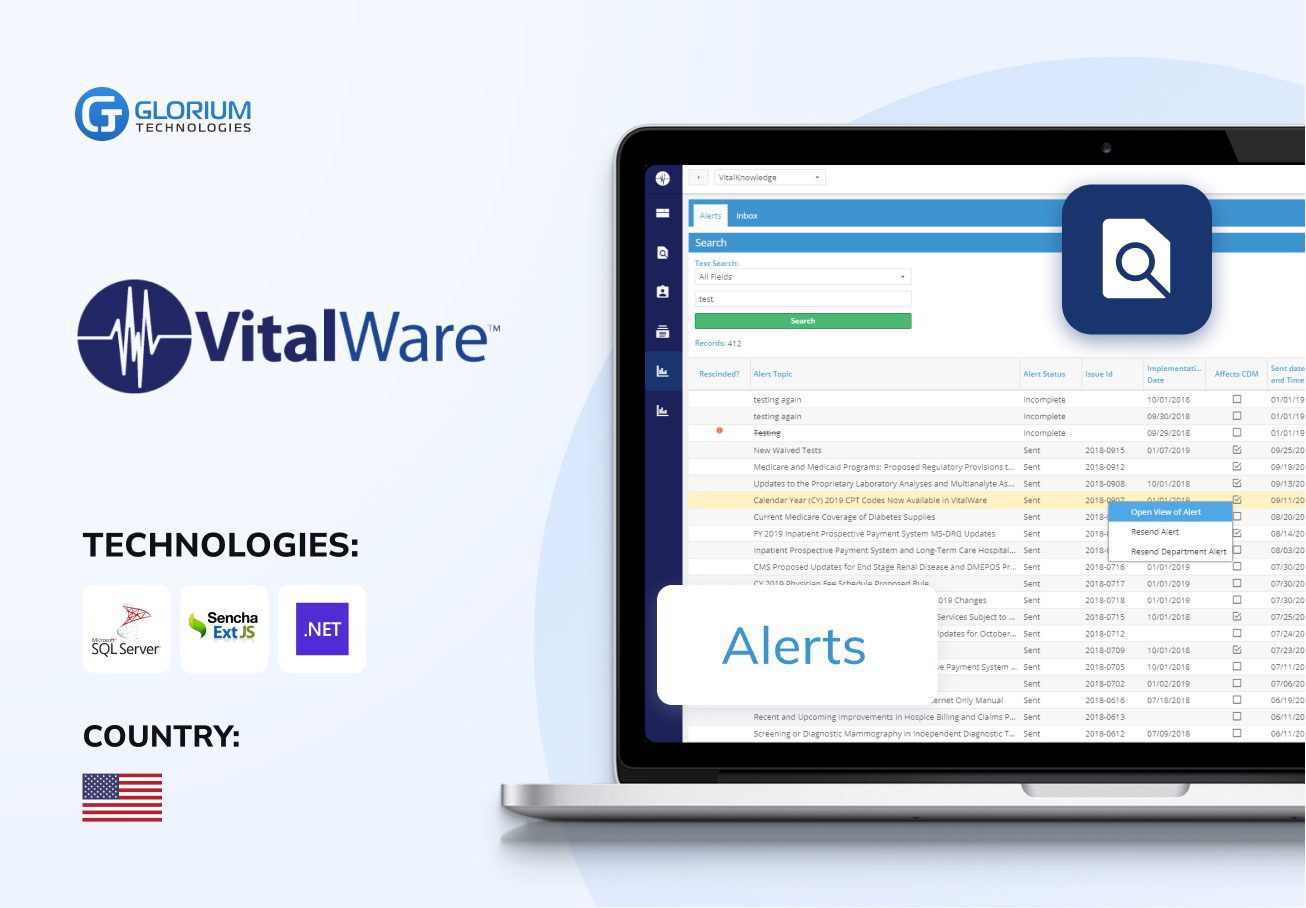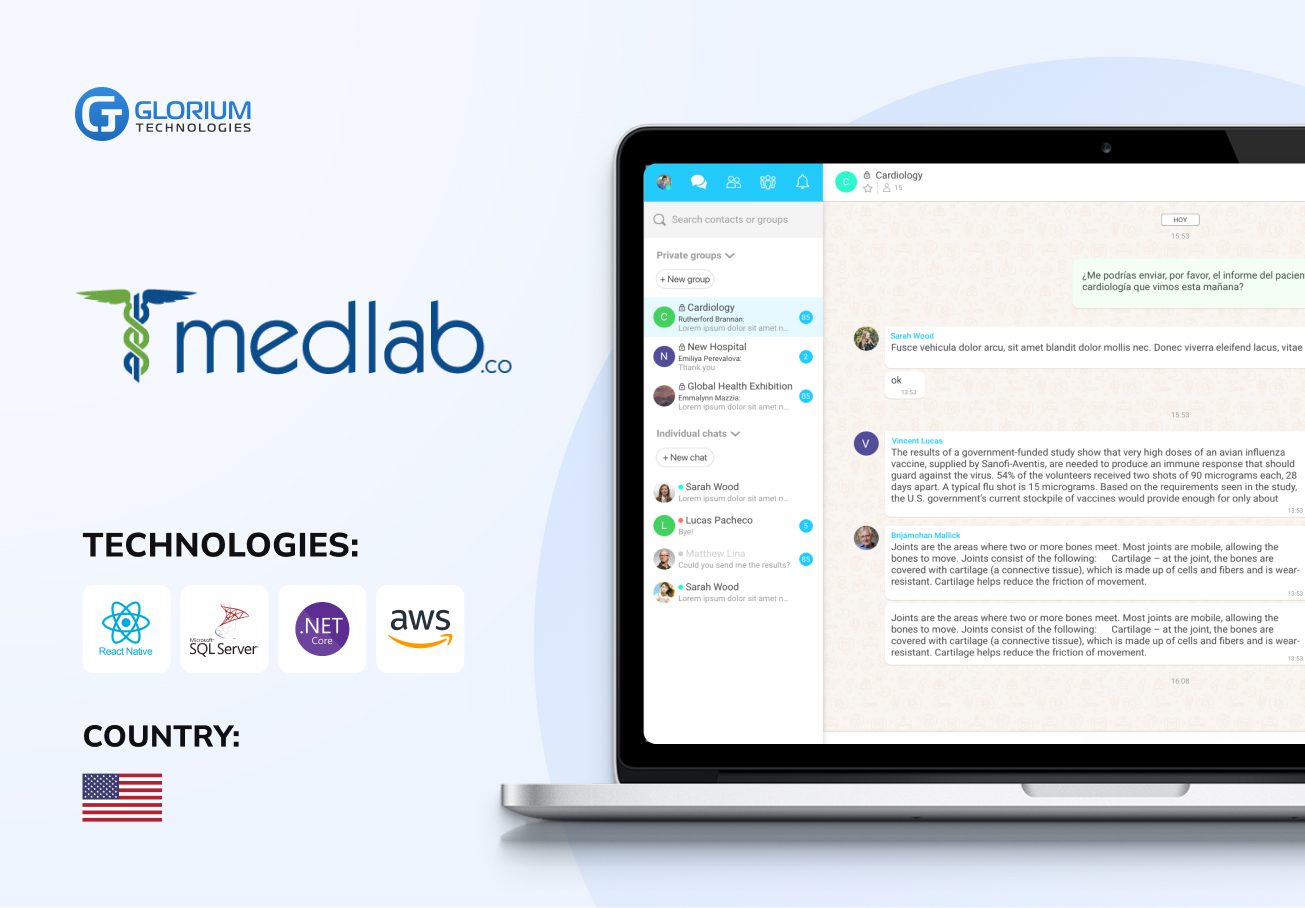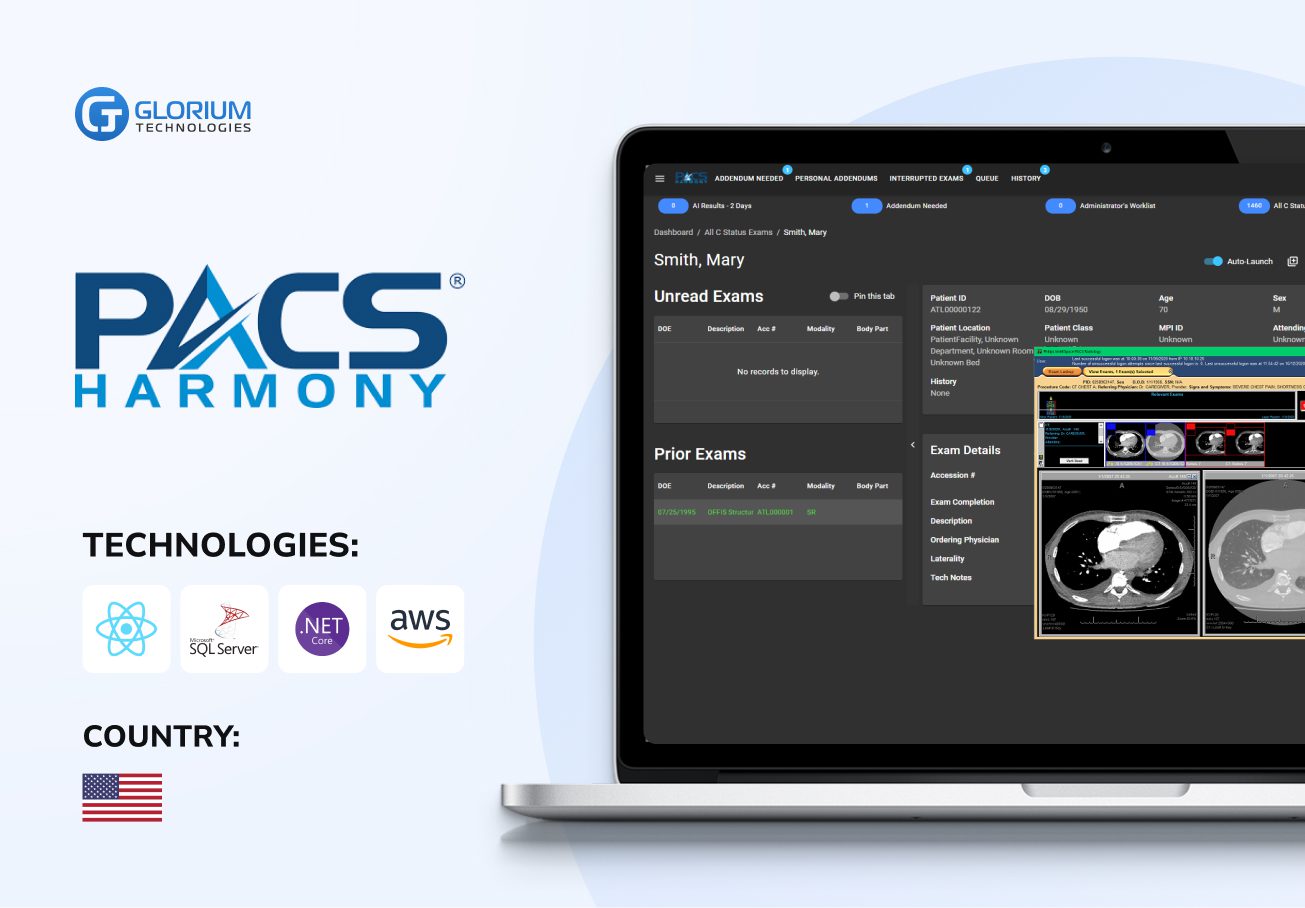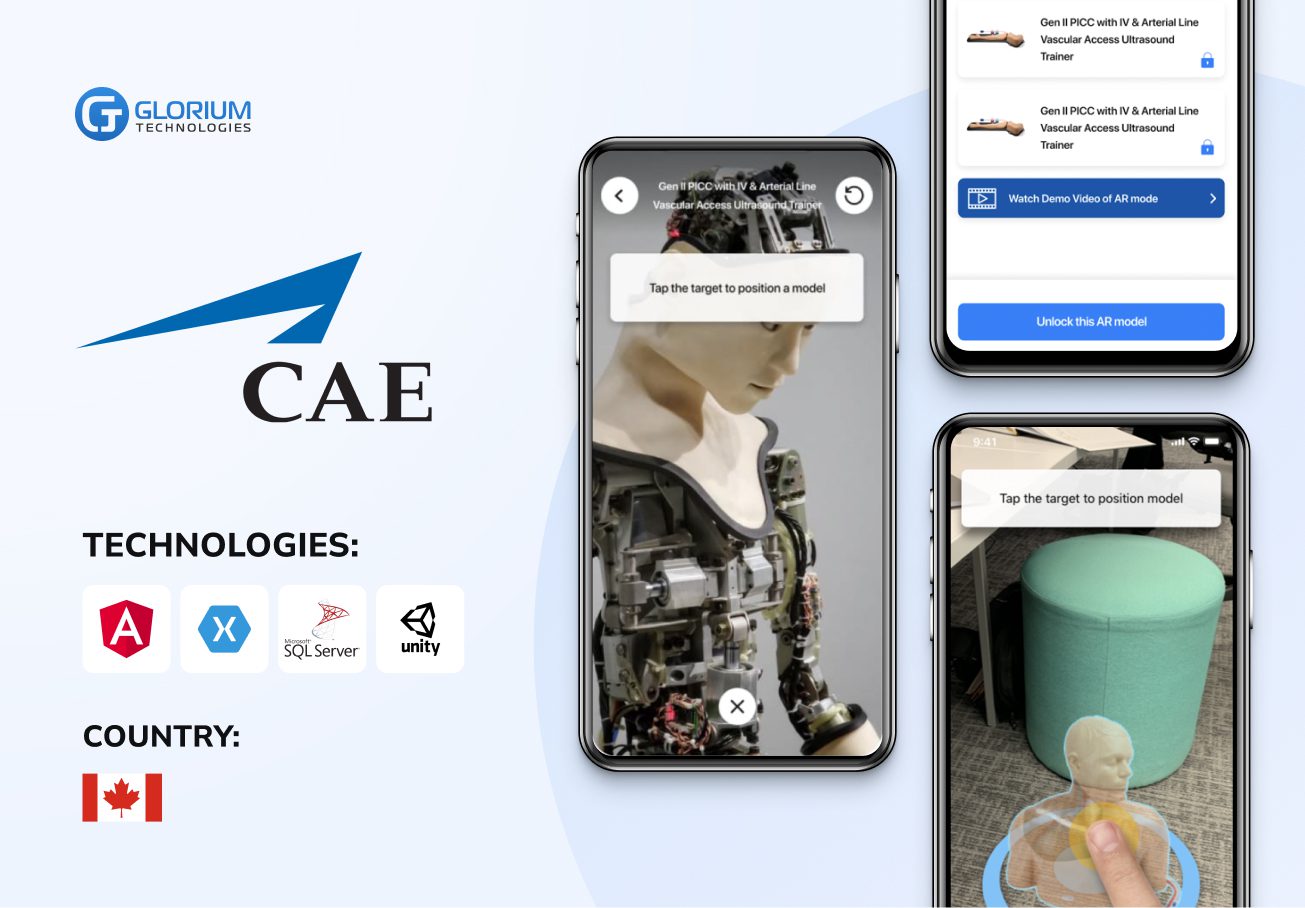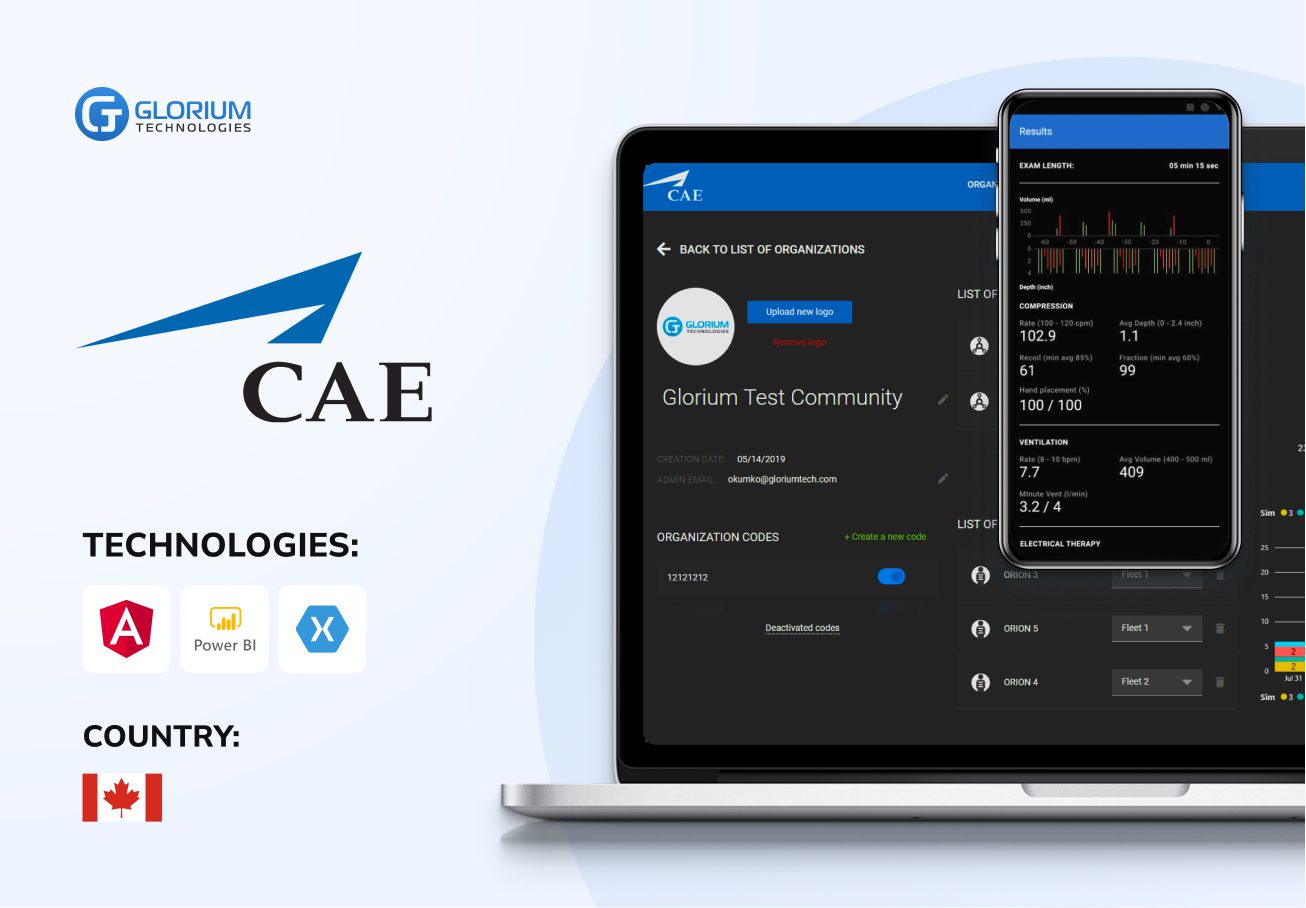Legacy Modernization Services


Plan Your Budget Confidently.
Choose Your Starting Point

Do you worry that outdated technology that is no longer supported may affect the integration of new technologies, impede innovation, and make maintenance difficult and costly?
We can help you update legacy systems with current technologies, ensure compatibility and support, and introduce new software and tools to improve your business processes and efficiency significantly.
Older systems are more vulnerable to security threats due to a lack of regular updates and patches. If you’re worried about possible data breaches and cyberattacks, it’s time to employ application modernization services.
Our professional team can help you enhance security by implementing the latest measures, updates, and patches, as well as ensuring your systems meet current regulatory standards.
Maintaining legacy systems can be very expensive due to the need for specialized skills, increasing parts costs, and frequent repairs as systems age. This can impact your other critical business operations.
Our cloud migration services will reduce your maintenance costs and need for specialized maintenance. We can provide scalable solutions that grow with the business, minimizing long-term maintenance expenses.
Legacy System Modernization Services at Glorium Technologies
Achieve flexibility, agility, and faster innovation with our legacy application modernization services.
Apps
Upgrade your desktop applications to modern web or mobile apps. Enjoy the flexibility and convenience of accessing your business tools from anywhere, on any device. Improve user experience and streamline your operations with our seamless migration service.
Refresh your outdated custom software with our modernization services. We update your applications to leverage the latest technologies, improving performance and maintainability. Ensure your software meets today’s standards and user expectations to keep your business competitive.
Integrate digital transformation into your business with our API solutions. Connect your systems and streamline data exchange for more efficient operations. Discover new capabilities and enhance your business agility by seamlessly integrating modern APIs.
Our Approach to Legacy System Modernization
Explore our legacy application modernization services and start planning for your project
Rehosting is a form of software modernization in which we move applications with minimal changes from on-premises infrastructure to the cloud or a different server environment.
It’s a quick and cost-effective app modernization method with a smooth transition and minimal disruption to existing operations.
When re-platforming legacy software, we move applications from old to new platforms, making necessary optimizations without changing the core architecture.
This approach can help you improve performance and scalability while maintaining the integrity of its core functionalities.
Also known as re-architecting, this app modernization method includes rewriting or modifying the application’s code to better use modern technologies and cloud capabilities.
Our refactoring approach can help your business improve performance, scalability, and maintainability, allowing more significant innovations.
Rebuilding includes completely redesigning and redeveloping the application from scratch using modern frameworks and technologies. This app modernization approach provides a fresh start and addresses all limitations of the previous legacy system.
Such modernization solutions are necessary when your existing application cannot meet current business needs and a fresh start is required to incorporate new features and technologies.
If your legacy system is outdated and cannot be effectively modernized, we can help you replace it with a new, more efficient, and feature-rich system.
This approach eliminates all issues associated with the legacy system. We can build a custom solution that offers more than off-the-shelf systems and matches your business requirements to the tooth.
If your legacy system is no longer needed or if you want to consolidate it with other systems, you’ll need to use the retiring approach. We will help you phase out your legacy software, archive the data, or integrate the software into different systems.
Retiring a legacy system can reduce maintenance costs and complexity while ensuring your valuable data is preserved and accessible.
Data migration includes transferring data from legacy systems to new systems or databases. It’s essential when your main goal is to preserve and access critical data in legacy systems while adopting new technologies.
Our professional team can ensure your data continuity and availability. Such an approach supports overall migration efforts and facilitates better data management and access to new systems.
Legacy Modernization for Platforms and Devices
Move your data to secure and efficient databases, transition your ERP, CMS, and CRM systems to top solutions like SAP and Salesforce for optimal performance and user experience.
We help you migrate to AWS, Azure, Google Cloud, and IBM Cloud for better scalability and flexibility.
Modernize your IT hardware effortlessly. We migrate applications to new servers or the cloud with minimal disruption. Upgrade your desktops and laptops to support the latest software. Keep your mobile apps competitive by updating them for the latest iOS and Android. Enhance IoT devices like smart sensors to work seamlessly with modern platforms.
Optimize your specialized systems with our expert solutions. Upgrade your old POS systems to modern, integrated ones for better functionality and reporting. Enhance embedded systems like industrial controllers and medical devices for improved performance and reliability. We ensure your systems are up-to-date, keeping you competitive and efficient.
What Makes Us Pros in Legacy Application Modernization?
Our Certifications
As a legacy system migration service provider with over ten years of industry expertise, we ensure our solutions are secure and compliant with industry regulations. Our team holds certifications, guaranteeing that we meet the highest data protection and security standards for our diverse clients.
- Industry-wide standards, including HIPAA, HL7&FHIR, and GDPR.
- ISO 9001 certification for Quality Management.
- ISO 13485 certification for Quality Management of Medical Devices.
- ISO 27001 certification for Information Security Management System.
Assessment and Planning
We thoroughly evaluate your existing systems to understand their architecture, functionality, and limitations and create a detailed migration plan.
Design and Strategy
Our team designs a comprehensive modernization strategy, outlining the technical approach, tools, and technologies to be used.
Proof of Concept
Before full-scale implementation, we develop a proof of concept to validate the migration strategy and identify potential issues.
Migration and Development
We execute the migration plan, moving your legacy systems to the new platform with minimal disruption. We handle data migration, code refactoring, and system integration.
Testing
We involve end-users in the testing process to gather feedback and make necessary adjustments.
Deployment and Support
Our team provides ongoing support and monitoring to ensure a smooth transition and optimal performance post-migration.
Recent healthcare clients






What our clients say about us
Some Clients' Journeys
Who we are
About usGlorium Technologies is a full-cycle app & software development company which covers specific client business needs and manage them with the help of the best possible technology solutions.
Since 2010, we have been inventing digital breakthroughs, helping startups and businesses come out on top in their markets.

Why choose us
Let's Connect!
The Legacy Modernization Guide: Expert Tips and Case Studies
Sometimes, companies cling to old, outdated, and obsolete software or hardware, even though the market offers newer and more efficient tools. These systems are often critical to day-to-day operations and may have existed for many years. However, relying on outdated technologies that are no longer supported can limit your business processes and innovation cultivation.
Just like an old car struggles to keep up with modern electric vehicles in terms of efficiency and performance, legacy systems lag behind contemporary technologies. That’s why Netflix migrated its legacy systems to AWS and GE Oil & Gas – from a legacy ERP system to a modern cloud-based solution, enabling rapid scalability and improved performance.
Failing software modernization can put companies at a significant competitive disadvantage. In this article, we’ll discuss the challenges of app modernization, legacy migration, cloud migration, and success stories to help you avoid the mistakes of Blockbuster, Kodak, and other companies that failed to modernize their legacy systems.
Problems of Legacy Applications Requiring Modernization and Migration
Migrating from a legacy system to a modern one can be challenging, time-consuming, and costly. This process requires careful planning and a comprehensive migration strategy. Evaluating the current system’s features, the new system’s capabilities and the data migration process is essential.
Legacy applications often come with a host of issues that necessitate app modernization or migration:
- Technological obsolescence: Outdated technology that is no longer supported or updated, making it difficult to find parts and skilled professionals
- High maintenance costs: Maintaining a legacy system is costly due to the need for specialized skills and frequent repairs
- Security risks: Without application modernization, updates, and patches, the legacy system becomes vulnerable to security threats
- Lack of flexibility: Inability to adapt to new business needs or integrate with modern software development.
- Poor application performance and scalability: Struggles to handle increasing data loads and user demands.
- Compliance issues: A legacy system often fails to meet current regulatory standards, leading to potential legal consequences.
- Data silos: Isolated data storage hinders decision-making and operational efficiency.
- User experience: A legacy system typically lacks intuitive, user-friendly interfaces, reducing productivity.
Why Application Modernization is Absolutely Necessary: Real-Life Cases
Netflix and GE Oil & Gas’s success stories show that app modernization is essential. However, the companies that postponed application modernization or stuck with a legacy system show how neglecting application re-engineering can affect a successful business.
Blockbuster
Once a leader in video rentals, Blockbuster failed to modernize its legacy software and adapt to the digital age. While Netflix embraced online streaming and advanced technologies, Blockbuster clung to its brick-and-mortar model. This inability to compete with Netflix’s scalable streaming service led to a dramatic loss in market share, culminating in Blockbuster’s bankruptcy and store closures in 2010.
Nokia
You might remember Nokia as a leader in the mobile phone market. However, it was slow to modernize its legacy system and hardware to compete with the rise of smartphones from Apple and Samsung.
Nokia’s outdated systems and failure in application modernization quickly led to a massive loss of market share. In 2013, Nokia sold its mobile phone business to Microsoft after struggling to regain its market share.
App Modernization or Migration: Which is Better for Your Business?
App migration involves moving system functionality to an entirely new application with a modern tech stack and architecture. On the other hand, application modernization upgrades an existing system’s components, such as the user interface, integrations, databases, and infrastructure, over multiple phases.
One method changes the platform, and the other – extends the life of a known legacy system. Migration makes sense for older, business-critical systems needing a complete overhaul. Modernizing applications is suited for systems that still have a solid architectural core but need improvements.
How to Create a Migration Strategy: A 6-Step Guide
As with all business processes, marketing efforts, and software updates, application migration requires a detailed strategy. In this section of the guide, we’ll explore six essential steps to successful app migration and data modernization.
Assessment and planning
Start your migration strategy with a thorough assessment of your current legacy system. We always recommend opting for professional legacy system modernization services with experienced and certified team members. They can help you understand the architecture, functionalities, dependencies, and limitations of the existing setup.
If you’re looking for professional legacy migration services, Glorium Technologies can help you craft a comprehensive migration plan and outline the steps and resources required for the transition.
Design and strategy
Choose the right technologies for your migration. Decide whether to adopt a cloud environment, leverage distributed computing, or implement a hybrid approach. Consider cloud benefits like scalability and cost-efficiency, and select a suitable provider. Develop a blueprint for how the new system will function and integrate with existing components.
We can help you include data modernization by improving data management practices for better quality and security.
Proof of concept (PoC)
We always include this step before proceeding with the full-scale migration. Develop a proof of concept to validate your migration strategy. A PoC allows you to test the feasibility of the migration plan on a smaller scale, identifying potential issues and bottlenecks early in the process.
Use the PoC phase to address application security concerns. Test the security measures implemented in the new system to protect sensitive data and ensure compliance with regulatory standards.
Migration and development
Once the PoC has been successfully completed, proceed to the migration and development phase. This involves executing the migration plan and transferring applications, data, and services to the new system.
During this phase, address any issues that arise and adjust the migration plan as necessary. Implement distributed computing practices to enhance the new system’s performance and scalability.
Testing and validation
Once the migration is complete, conduct rigorous testing and validation to ensure the new system operates as expected. Our QA engineers use security testing to identify vulnerabilities and ensure that application security measures effectively protect data.
It’s always efficient to involve end-users in the testing process to gather feedback and identify any usability issues.
Deployment and support
The final step is to deploy the new system into the production environment and provide ongoing support. Plan the deployment carefully to minimize downtime and disruption to business operations.
Professional legacy migration services can help you provide training and resources to end-users to help them adapt to the new system. They can also establish a support structure to address any questions or issues post-deployment.
How Can Glorium Technologies Help You?
Legacy migration is a complex process that involves significant risks and challenges. Professionals bring expertise and the necessary tools to ensure a successful migration.
At Glorium Technologies, we specialize in legacy system migration and offer customized solutions to meet your unique business needs. Our certified experts, advanced tech stack, and end-to-end support ensure a seamless transition to modern platforms. Contact us today to explore your business’s possibilities and migrate your legacy system efficiently.
Questions You May Have
What are the main benefits of legacy migration?
Migrating to a modern platform improves performance, enhances security, reduces maintenance costs, and increases scalability. It also enables better integration with new technologies and systems, ensuring your business stays competitive and efficient.
How long does the legacy system migration process typically take?
The duration of the migration process varies depending on the complexity and size of the system. However, a well-planned migration strategy usually spans from a few months to a year and includes assessment, planning, migration, testing, and deployment stages.








